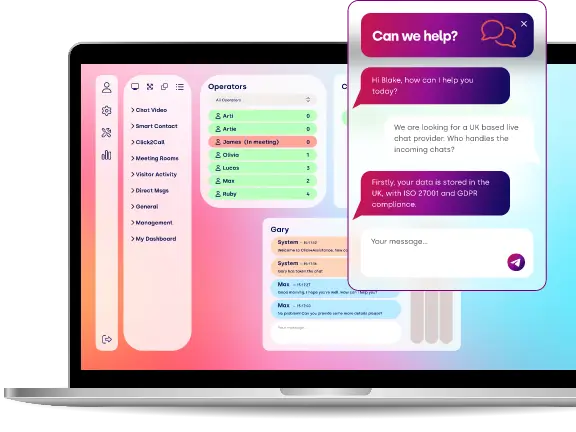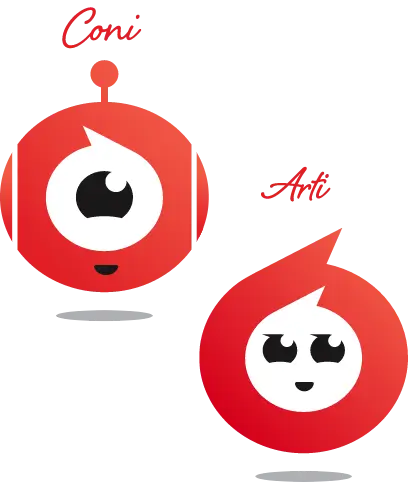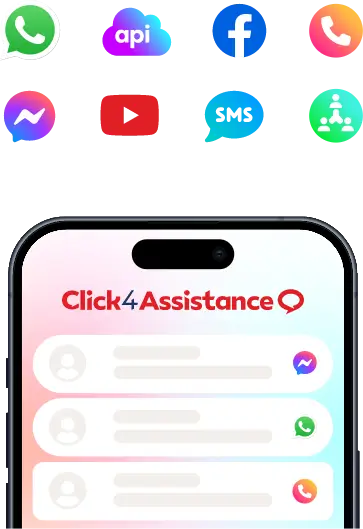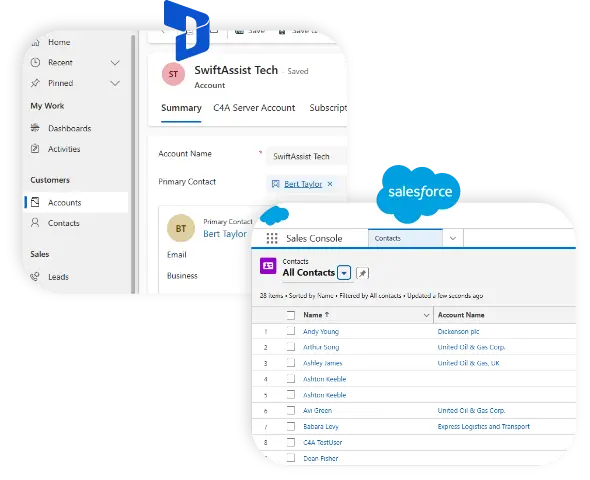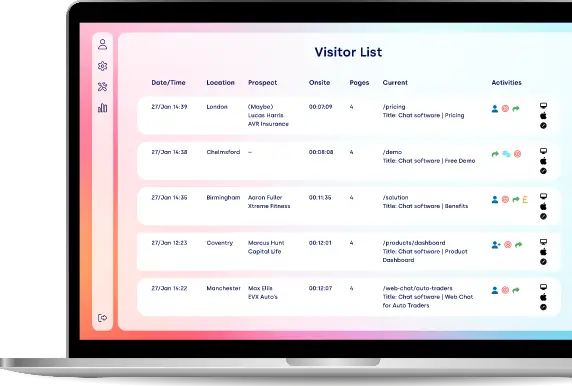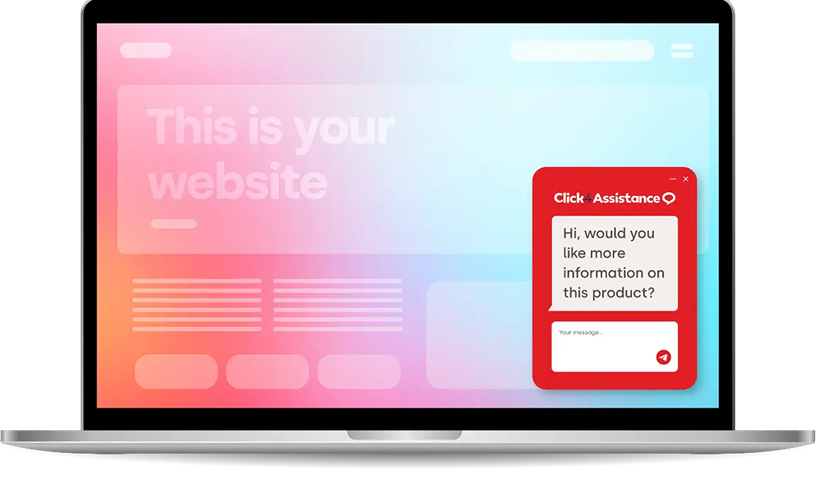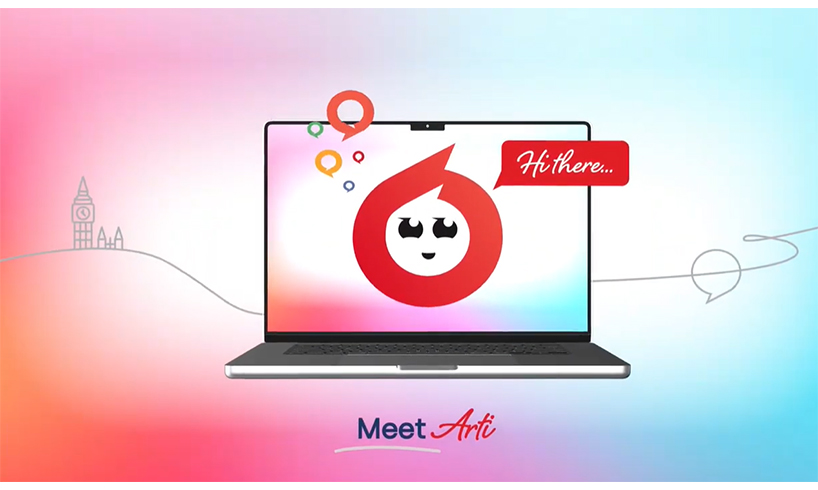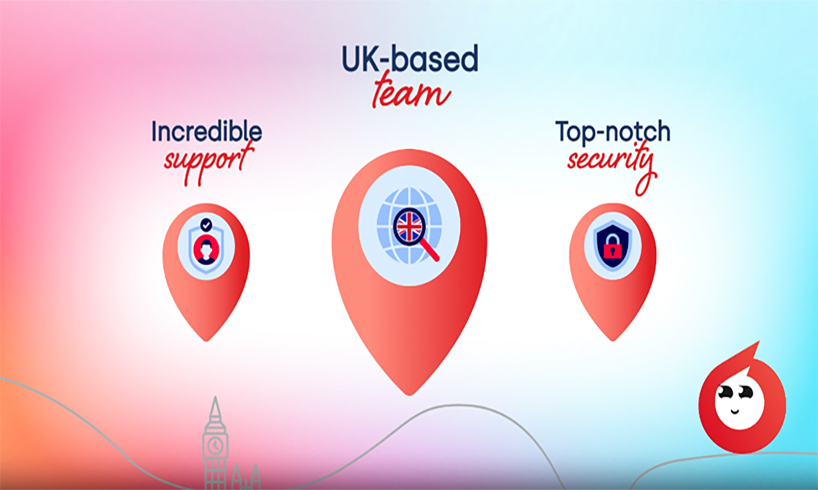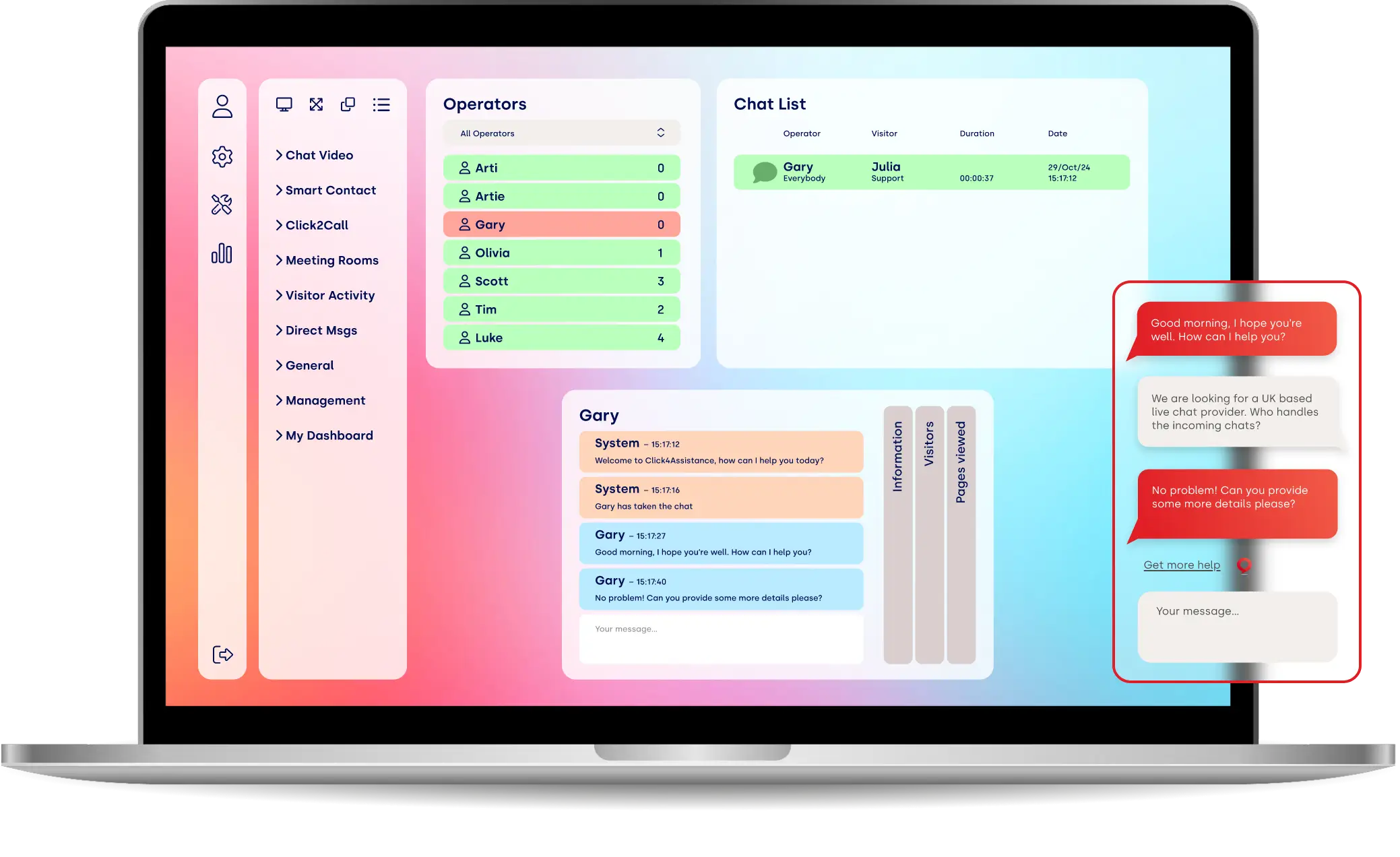How to use a chatbot for business to increase leads without ruining the customer journey

Chatbots can accelerate lead generation — but not at the cost of user experience. Here’s how marketers can strike the right balance.
Marketers are under pressure to generate more leads with less friction. At the same time, customer expectations are higher than ever. They want personalised, responsive, human-like interactions — not clunky forms or cold automation.
AI chatbots offer an elegant solution: the ability to engage prospects in real-time, guide them through the journey, and collect lead information naturally. But there’s a catch. When chatbots are poorly implemented, they frustrate users, break trust, and drive people away — fast.
So how do you use chatbots to increase leads without ruining the customer journey? Let’s explore.
Start with the user, not the form
Many chatbot experiences are designed around what the business wants — typically: name, email, phone number, and GDPR tickbox. But when a chatbot opens with a data grab, it feels more like a wall than a welcome.
If your first interaction is “Please enter your details to proceed,” the journey is already off track.
Better approach:
Start with value. Offer helpful information, ask a simple question, or acknowledge the user’s intent. Build the relationship first — and collect data gradually through a natural, conversational flow.
Use intelligent lead qualification, not interrogation
Lead generation doesn’t mean pushing users through a long, rigid decision tree. Modern AI chatbots can qualify leads contextually, asking just enough questions to understand needs and buying stage — without overwhelming the visitor.
For example:
- “Are you looking for support, a demo, or just browsing?”
- “Is your organisation in retail, education, or something else?”
- “Would you like me to book a quick call with the team?”
Every response helps segment the lead and steer the journey, while still feeling conversational.
Integrate with your CRM for smoother follow-up
Capturing leads is just the beginning. What happens next matters just as much.
Chatbots that integrate directly with your CRM (or email automation platform) ensure that every lead is tracked, tagged and followed up efficiently. You can trigger tailored nurture journeys based on chat behaviour — without relying on manual exports or form-fills.
Bonus: You also avoid duplicate data entry and reduce admin time for your sales team.
Tailor chatbots to campaign and page intent
Generic chatbots that say “Hi! Can I help you today?” on every page often get ignored — or worse, closed.
Instead, align your chatbot messages with the user’s context. For example:
- On a PPC landing page: “Looking into [Product]? I can help you get a quote or a quick walkthrough.”
- On a blog about a specific feature: “Want to see how this works in real life? I can show you.”
- On a pricing page: “Need help choosing the right plan?”
These intent-aware messages are far more likely to start meaningful conversations — and generate high-quality leads.
Offer choice: not everyone wants to chat
One common pitfall is making chat the only option. When users are forced to engage with a chatbot just to find a phone number, they feel trapped.
To maintain a smooth journey, chatbots should enhance the experience, not control it. Give users alternative options like:
- “Prefer to speak to someone? Book a call here.”
- “Need a quick answer? Browse our help centre.”
This builds trust and puts users in control — which makes them more likely to engage.
Measure what matters
Don’t just track how many leads your chatbot captures. Look at:
- Engagement rate: How many users start a conversation?
- Drop-off points: Where do they leave the flow?
- Conversion rate: How many chats turn into qualified leads?
- Satisfaction scores: Do users rate the experience positively?
These metrics help you optimise for both outcomes and experience.
Final thoughts
Used wisely, AI chatbots can be one of the most effective lead generation tools in your marketing stack — working 24/7, guiding users, and qualifying prospects in real time.
But great lead generation doesn’t mean asking for data at the earliest opportunity. It means creating value first, building trust, and making the journey feel helpful and human — even when it’s automated.
At Click4Assistance, we help marketing teams deploy chatbots that boost leads and improve user experience — not sacrifice one for the other.
